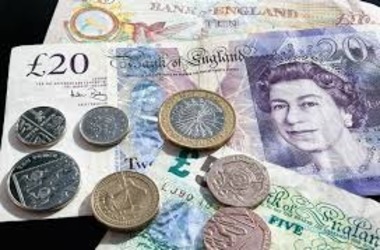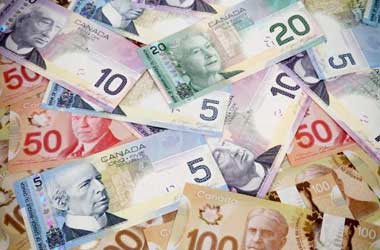 On Friday, the dollar index declined against a basket of currencies, as data indicated that US consumer price inflation surged to 6.8 percent in November, the highest level since 1982 and far beyond the Federal Reserve’s objective of 2%. Nonetheless, the consumer pricing data was in line with expectations, encouraging investors to wager that this is the pinnacle of year-on-year growth, indicating that the Fed will not have any need to accelerate the tightening cycle.
On Friday, the dollar index declined against a basket of currencies, as data indicated that US consumer price inflation surged to 6.8 percent in November, the highest level since 1982 and far beyond the Federal Reserve’s objective of 2%. Nonetheless, the consumer pricing data was in line with expectations, encouraging investors to wager that this is the pinnacle of year-on-year growth, indicating that the Fed will not have any need to accelerate the tightening cycle.
Investors’ focus has shifted to the Federal Reserve’s meeting next week in order to examine hints about the future direction of monetary policy. On the other side, the greenback benefited from persistent Omicron variant risks, as several governments reintroduced restrictions in response to a worldwide illness outbreak.
Additionally, a research discovered that the new version is more communicable and had a greater likelihood of evading resistance than the delta form. As per one of the top lenders in the United States, the Dollar’s run of dominance that saw it lead global foreign exchange markets in 2021 is unlikely to end very soon.
Wells Fargo anticipates more Dollar growth in 2022 and 2023, indicating that the currency is in the midst of a protracted cyclical upturn. Forecasts indicate that the Dollar’s advance in the next year will drive the Euro to Dollar exchange rate (EUR/USD) below 1.10.
“With the Fed starting to trim its asset purchases and projected to begin raising interest rates in the second half of 2022, our forecast for the US currency has also changed,” says Nick Bennenbroek, International Economist at Wells Fargo.
“We now anticipate a protracted period of US dollar strength and envision broad-based greenback strength lasting through the final stage of 2023, vs our earlier projection of US dollar strength lasting just until the early part of 2022,” he adds.
Throughout the year, the Dollar has risen versus the Euro, with the strength rising in the second part of the year as investors were more optimistic that the Federal Reserve will begin lifting benchmark interest rates.
“As the Fed and foreign central banks become more proactive in the coming quarters, we expect that monetary policy divergences will become more crucial for currency performance,” Bennenbroek adds.
“In reality, the ECB and the euro are a perfect illustration of how monetary policy divergence may have a significant impact on currency performance,” he says.
According to Wells Fargo, although the European Central Bank (ECB) has been monitoring regional inflation patterns, it has voiced less worry about inflation pressures than the majority of other major central banks. Christine Lagarde, President of the European Central Bank, has said that the central bank expects Eurozone inflation to ultimately decline and that any “tightening response to the present situation would really do more damage than good.”
“This is aligned with our expectation that the ECB would progressively reduce its total bond purchases beginning in 2022, and with our expectation that the ECB will maintain its deposit rate at -0.50 percent throughout 2022 and 2023,” Bennenbroek said.
This disparity between ECB policy expectations and a more aggressive Federal Reserve underlies Wells Fargo’s updated projection for the EUR/USD to fall toward the lower end of a $1.05-$1.10 range.




